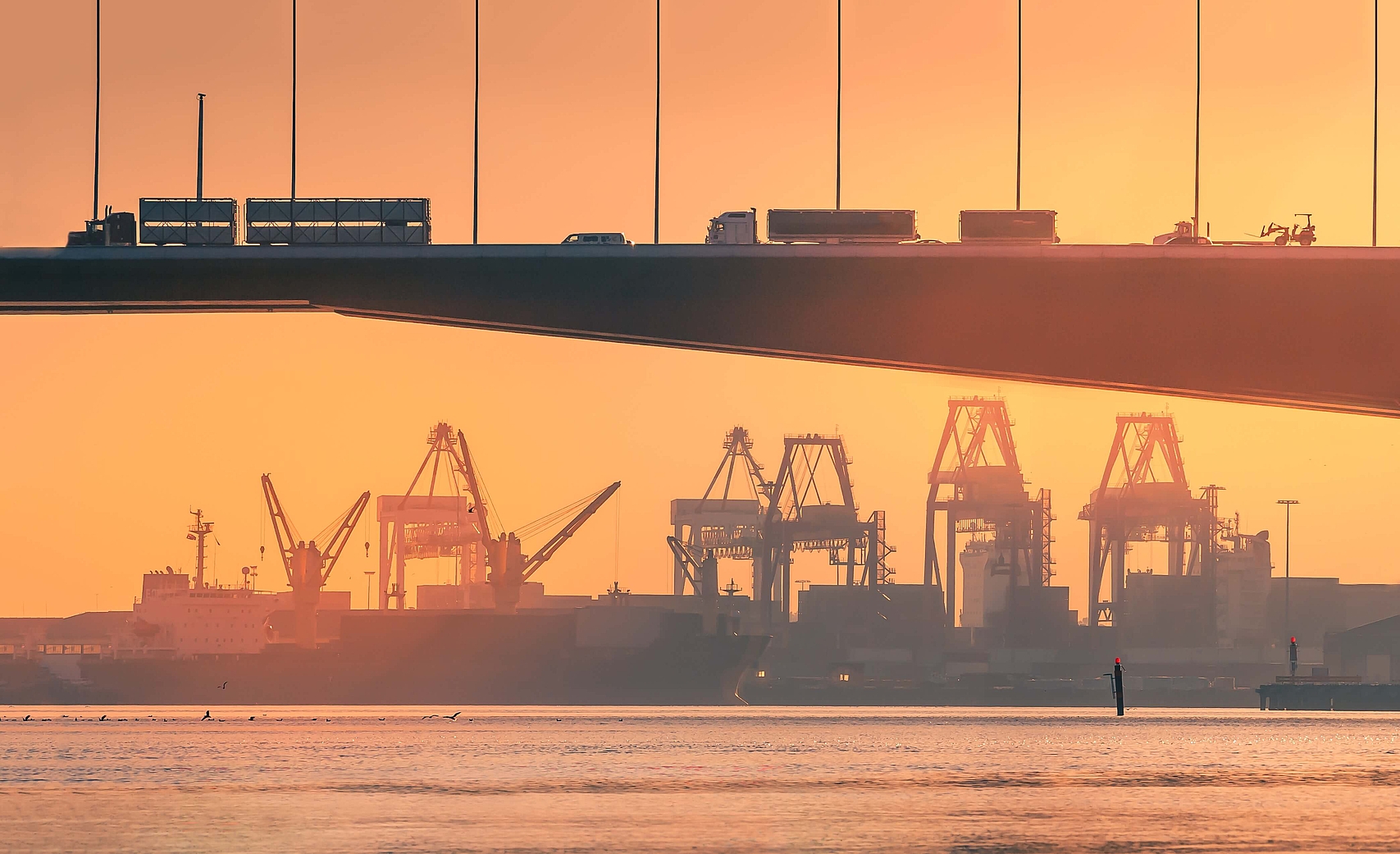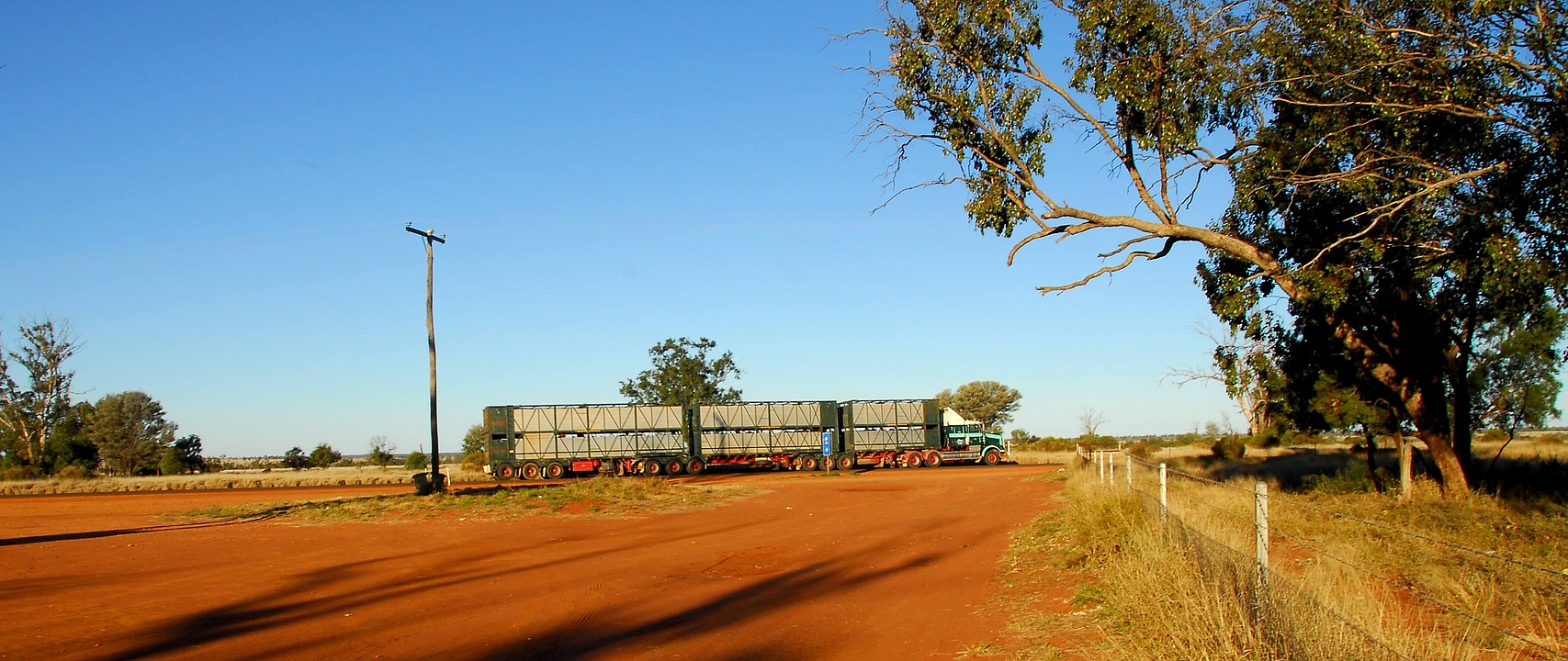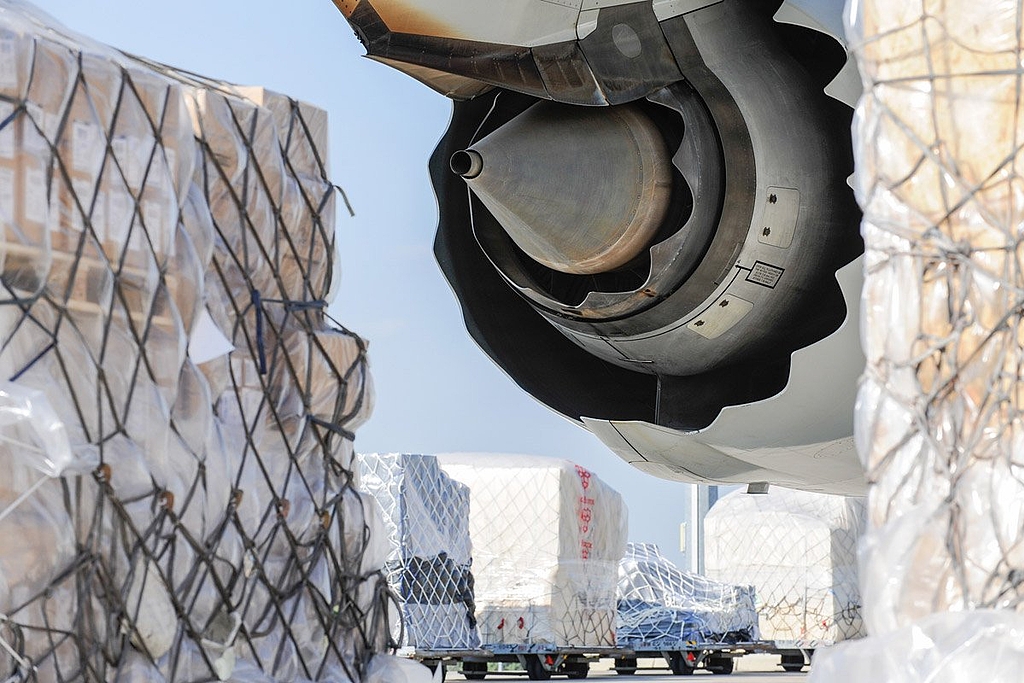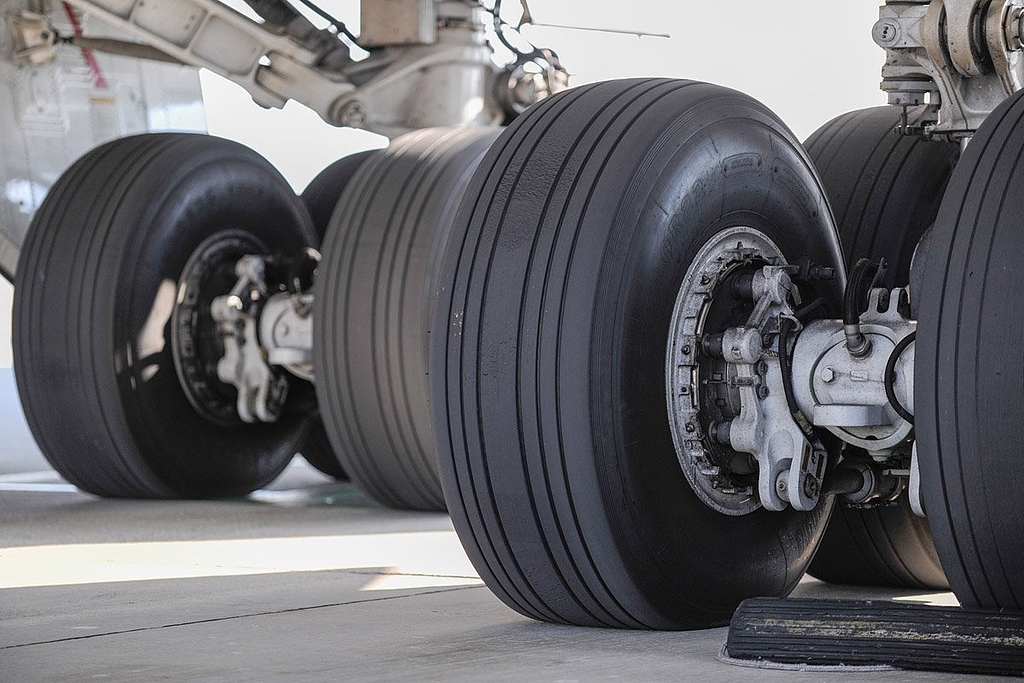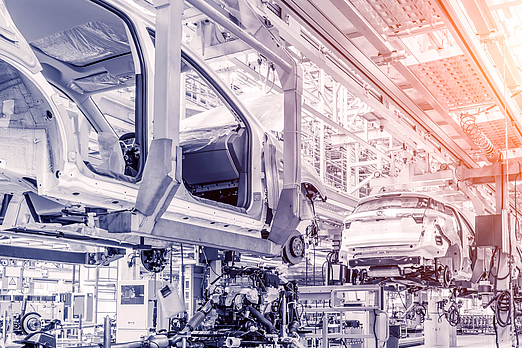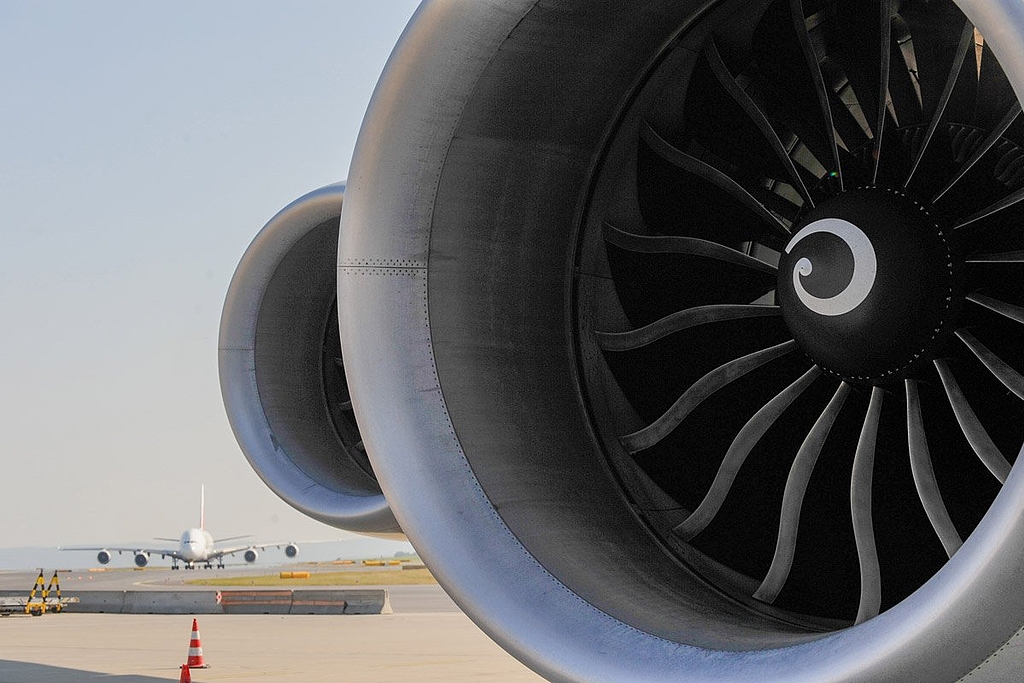Trucks as long as freight trains
Everything on track Down Under?
- Facts
Well, not in a literal sense: train tracks are not widely available to the transport and logistics industry in Australia. In contrast to the US, Australia was not made accessible by rail.
Who would have known? Down Under has a remarkably comprehensive network of roads that link the farthest reaches of this giant continent. The network consists of a total of 913,000 kilometers worth of roads fit for traffic – albeit a large part on dirt roads, with only 353,000 km considered to be paved. Multi-lane highways are mainly found around metropolitan areas.
